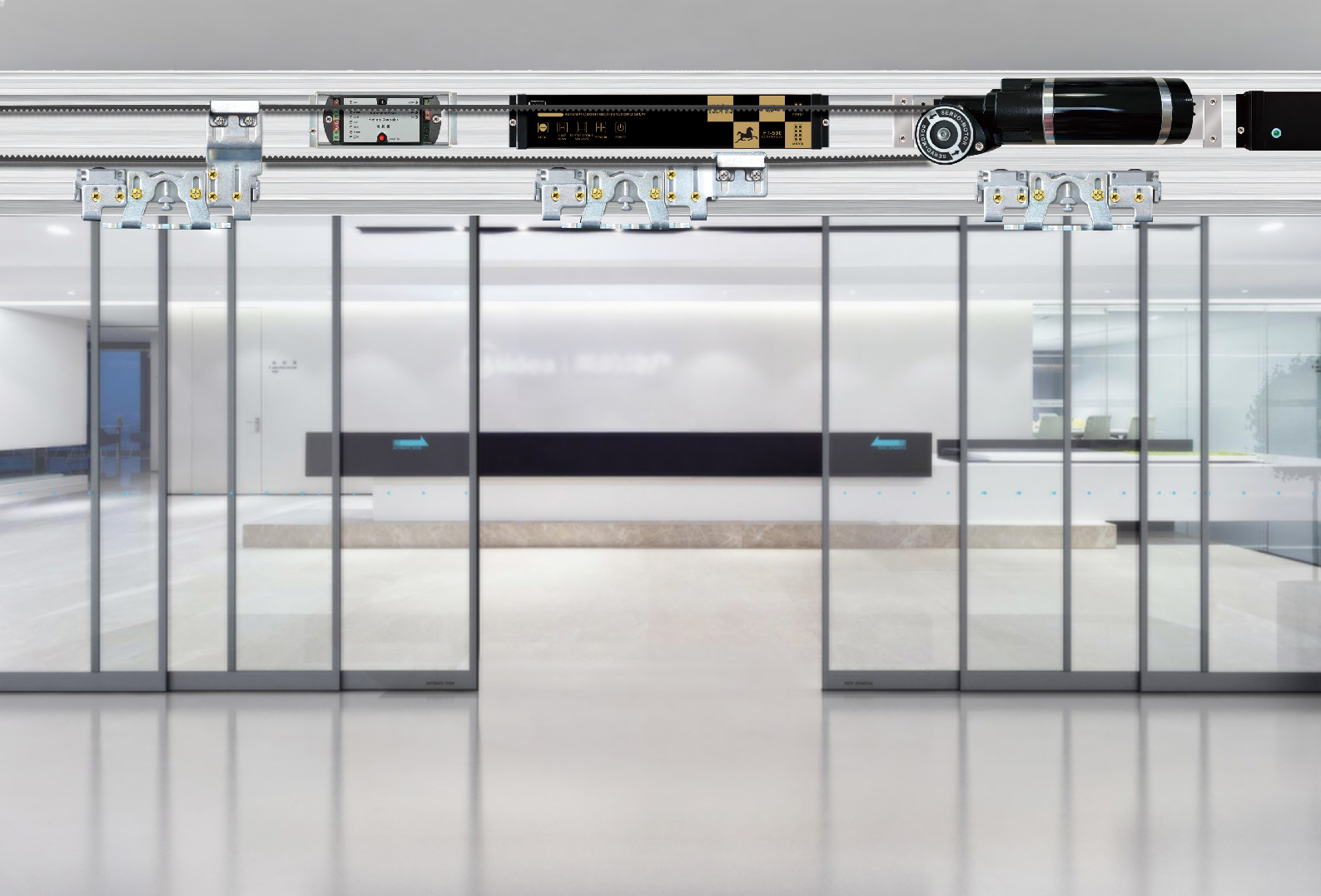What types of sensors are commonly used in automatic sliding door operators for obstacle detection and safety?
Automatic sliding door operators have become integral components of modern buildings, offering convenience and efficient access. Ensuring the safety of individuals in high-traffic areas requires advanced obstacle detection systems. In this article, we will explore the common types of sensors used in automatic sliding door operators for obstacle detection and safety, highlighting their roles in creating secure and user-friendly entryways.

1. Infrared (IR) Sensors:
Infrared sensors are widely used in automatic sliding door operators for obstacle detection. These sensors emit infrared beams across the door's opening, and when an obstacle disrupts the beam, the door's motion is immediately halted. Infrared sensors are effective in quickly detecting objects in the door's path, providing a reliable safety measure.
2. Microwave Sensors:
Microwave sensors operate by emitting continuous microwave signals. When an object enters the door's vicinity, the reflected signals are analyzed, triggering the door to stop or reverse its motion. Microwave sensors are versatile and can effectively detect a variety of obstacles, making them suitable for diverse environments.
3. Ultrasonic Sensors:
Ultrasonic sensors use sound waves to detect obstacles. These sensors emit ultrasonic pulses and measure the time it takes for the pulses to bounce back. If an object is detected within the predetermined range, the door operator initiates safety protocols. Ultrasonic sensors are particularly effective in detecting both stationary and moving obstacles.
4. Contact Sensors:
Contact sensors, such as pressure-sensitive mats or strips, are installed at the bottom of the door. When an obstacle exerts pressure on the mat or strip, the door recognizes the resistance and stops or reverses its movement. Contact sensors are especially useful for detecting low-lying obstacles, providing an additional layer of safety.
5. Vision Sensors and Cameras:
Vision sensors and cameras have become increasingly popular for obstacle detection in automatic sliding door operators. These sensors use computer vision algorithms to analyze the door's surroundings. If an obstruction is identified, the door system responds accordingly. Vision sensors are effective in recognizing objects of various shapes and sizes.
6. Motion Sensors:
Motion sensors detect movement in the door's proximity. If a person or object is moving toward the door, the sensor triggers safety protocols to prevent a collision. Motion sensors are valuable in busy environments where detecting approaching obstacles is crucial for preventing accidents.
7. Advanced Control Systems:
Some modern automatic sliding door operators integrate advanced control systems that combine data from multiple sensors. These systems use sophisticated algorithms to analyze sensor inputs and make real-time decisions about door operation. This comprehensive approach enhances safety by minimizing the risk of false positives or negatives.
8. Safety Edges:
Safety edges are flexible strips placed along the edges of the door panels. When an obstacle compresses a safety edge, it signals the door operator to stop or reverse its movement. Safety edges are particularly effective in preventing injuries or damage caused by physical contact with the door.
Conclusion:
The integration of advanced sensors in automatic sliding door operators plays a crucial role in ensuring the safety of individuals using these entryways. Infrared, microwave, ultrasonic, contact, vision sensors, motion sensors, and safety edges collectively create a robust obstacle detection system. As technology continues to evolve, the incorporation of sophisticated control systems further enhances the safety and reliability of automatic sliding door operators, making them indispensable in creating secure and user-friendly environments.







